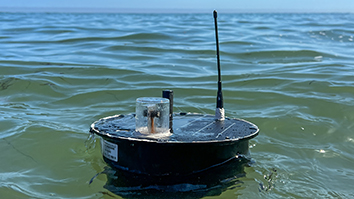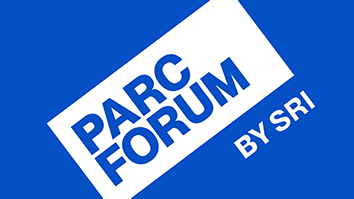Citation
Diaz, F. J., McDonald, P. R., Pinter, A., & Chaguturu, R. (2015). Measuring and statistically testing the size of the effect of a chemical compound on a continuous in-vitro pharmacological response through a new statistical model of response detection limit. Journal of Biopharmaceutical Statistics, 25(4), 757-780.
Abstract
Biomolecular screening research frequently searches for the chemical compounds that are most likely to make a biochemical or cell-based assay system produce a strong continuous response. Several doses are tested with each compound and it is assumed that, if there is a dose-response relationship, the relationship follows a monotonic curve, usually a version of the median-effect equation. However, the null hypothesis of no relationship cannot be statistically tested using this equation. We used a linearized version of this equation to define a measure of pharmacological effect size, and use this measure to rank the investigated compounds in order of their overall capability to produce strong responses. The null hypothesis that none of the examined doses of a particular compound produced a strong response can be tested with this approach. The proposed approach is based on a new statistical model of the important concept of response detection limit, a concept that is usually neglected in the analysis of dose-response data with continuous responses. The methodology is illustrated with data from a study searching for compounds that neutralize the infection by a human immunodeficiency virus of brain glioblastoma cells.


